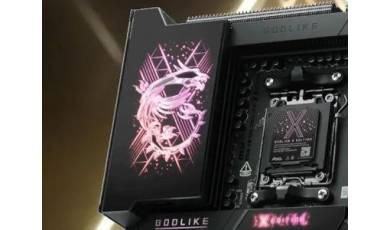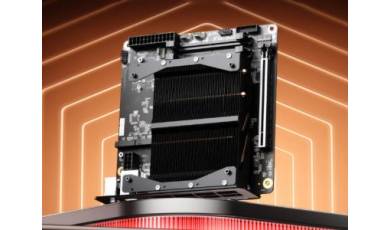Flash firmware on Kodak KD50
Mobiles >> Kodak >> Kodak KD50| Specifications | Reviews | Secret codes |
| Unlock phone | Root phone |
| Backup | Flash Firmware | Screenshot |
How to flash Kodak KD50?
Why reinstall the firmware?
Errors constantly appear in the Android operating system.
Some applications will not open.
Many programs from the Play Market do not work.
The phone restarts for no reason.
The phone slows down a lot during operation.
You are not satisfied with the functionality of the stock (official) firmware.
Where can I find the firmware?
On the official website of the manufacturer.
On sites where developers post custom or official OS.
What should be done before installing the firmware?
Back up your phone's user data.
Insert your SD card into your phone. It must have enough memory to fit the firmware.
Determine your smartphone model.
Charge your phone fully. If the battery runs out during boot, the device will no longer turn on. It will be difficult to restore it.
Download archive with Firmware. Place it on the SD card.
Installing TWRP Recovery
Download the Official TWRP App from the Play Market. And install it.
At the first start, you need to give consent to future manipulations, as well as consent to granting the Superuser rights to the application. Check the checkboxes and press the 'OK' button.
In the next screen, select the item 'TWRP FLASH' and provide the application with root-rights.
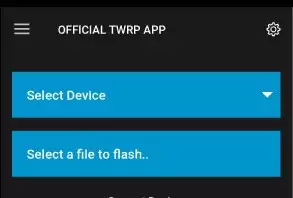
On the main screen of the application, click on the 'Select Device' drop-down list, and select your phone model.
After selecting the phone, the program will redirect the user to a web page to download the corresponding image file of the modified recovery environment. Download the proposed *.img file.
After downloading the image file, return to the main screen of the Official TWRP App and press the 'Select a file to flash' button. Select the file downloaded in the previous step.
Click the 'FLASH TO RECOVERY' button and confirm your choice, click 'OK' in the question window.
The recording process is very fast, and upon completion, the message 'Flash Completed Succsessfuly!' appears. Click 'OK'. The TWRP installation procedure can be considered complete.
Write the firmware to the SD card. Using a PC or laptop card reader.
Insert a memory card into the phone.
To reboot into recovery, you need to use a special item in the Official TWRP App menu, accessible by pressing the button with three stripes in the upper left corner of the main screen of the application. Open the menu and select the 'Reboot' item, and then click on the 'REBOOT RECOVERY' button.
Firmware via TWRP
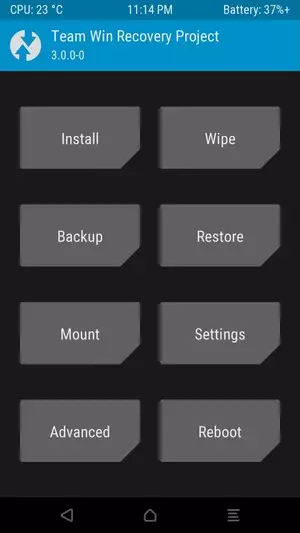
Before flashing, you need to clear the 'Cache' and 'Data' sections, press 'WIPE' on the main screen. This will delete all user data from the device, but avoid a wide range of software errors and other problems.
Now you can start flashing. Press the 'Install' button.
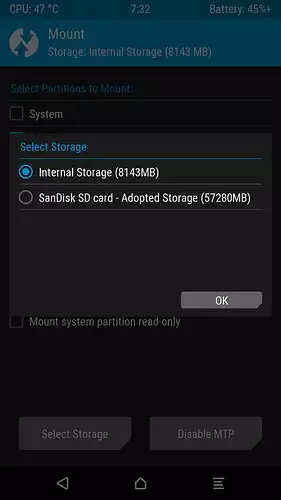
The file selection screen is displayed. At the very top is the 'Storage' button, which allows you to switch between types of memory.
Select the location where the files were copied. Press the 'OK' button.
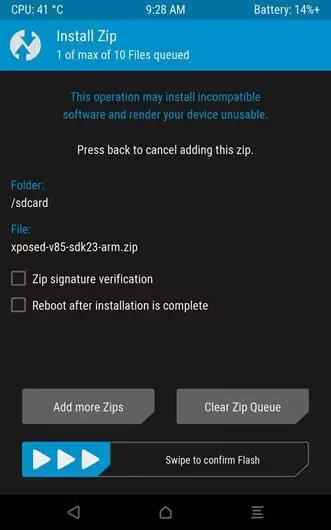
Select the firmware file and click on it. A screen opens with a warning about possible negative consequences, as well as the item 'Zip signature verification'. This item should be checked by placing a cross in the check-box, which will avoid using damaged files when writing to the phone's memory sections.
The procedure for writing files to the device's memory will begin, accompanied by the appearance of inscriptions in the log field and the completion of the progress bar.
After completing the installation procedure, a 'Successful' message appears on the screen.
Summary: OS: Android 10 Go; Processor: Unisoc SC7731E; Processor clock: 1.30 GHz; Number of cores: 4; GPU: ARM Mali-T820 MP1; RAM: 1 GB; Internal memory: 32 GB, 64 GB; Memory cards: yes; microSD, microSDHC, microSDXC (up to 64 GB); Display: Color / IPS TFT; 16M colors, 60 Hz; 480 x 960 px (5.00") 215 ppi; 70.3% screen-to-body ratio; Display protection: yes; Type: Standard; Photo matrix: 8 Mpx; Flash: yes LED; Digital zoom: yes; Video formats: H.263, H.264, MPEG4; Additional: AF; Type: Portrait; Photo matrix: 5 Mpx; Flash: yes; Digital zoom: yes; Additional: FF; Bluetooth: yes v4.2; EDGE: yes; GPRS: yes; IrDA: yes; NFC: yes; USB: yes v2.0; WAP: yes v2.0; WiFi: yes v802.11 b/g/n; WiFi frequencies: 2.4 ...
Comments, questions and answers on the flash firmware Kodak KD50
Ask a question about Kodak KD50

